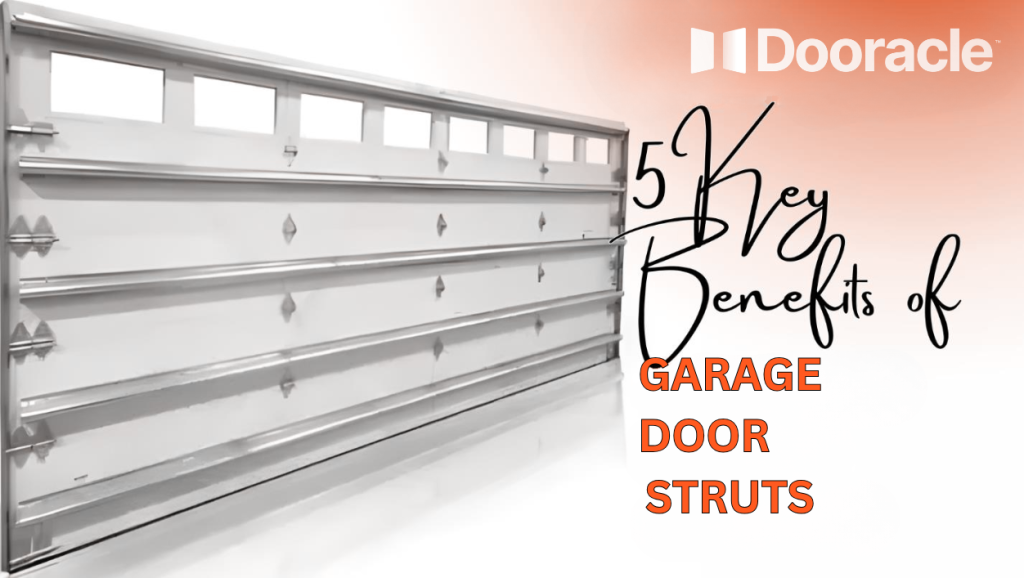
Benefits of Garage Door Struts
One reason for investing in garage door struts is that there are myriad benefits for homeowners
Increased Strength
Struts reinforce the garage door structure; consequently, a tougher structure less given to bending out of shape if not broken at the same time through a combination of external forces such as wind and rain striking against its panels.
Improved Stability
By minimizing flex and movement, struts keep the garage door in line and running smoothly--this reduces risk of both dragging or jamming.
Enhanced Security
A strong and stable garage door bears down hard against forced entry attempts, increasing levels of security for your home and garage storage within.
Weather Resistance
Struts provide extra support from high winds and hurricane force storms. They will not stop a building falling over but it raises the odds that you get to walk away intact alive having done so; something important in thunder and lightning weather when falling structures are no joke.
Quieter Operation
Struts reduce vibration and noise, so a garage entrance can open in much quieter conditions than without them.


